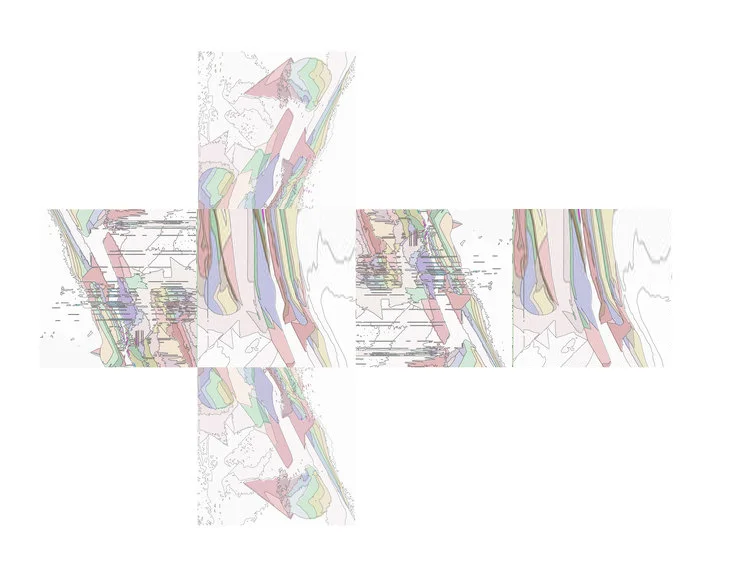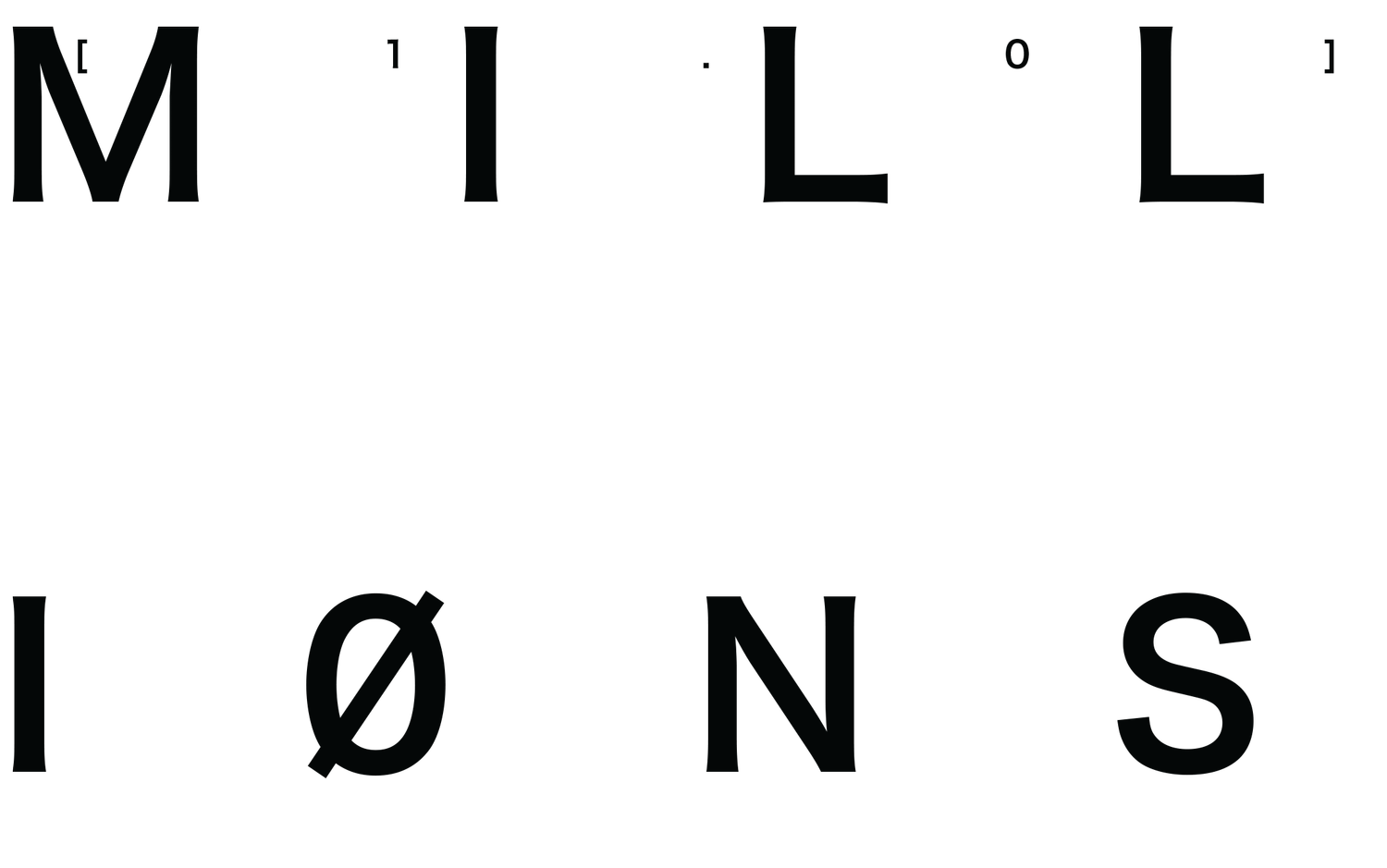
![Projectors I [1.0] Over the past three decades the architectural process has been drastically reorganized by what Jonathan Crary calls “a transformation in the nature of visuality probably more profound than the break that separates medieval image](https://images.squarespace-cdn.com/content/v1/579fef6903596ed4bfa1eb90/1483137658171-8TIAOVDUX2WZO980ZSNU/4_b.jpg)













![Projectors I [1.0] Over the past three decades the architectural process has been drastically reorganized by what Jonathan Crary calls “a transformation in the nature of visuality probably more profound than the break that separates medieval image](https://images.squarespace-cdn.com/content/v1/579fef6903596ed4bfa1eb90/1483137658171-8TIAOVDUX2WZO980ZSNU/4_b.jpg)
Projectors I
[1.0]
Over the past three decades the architectural process has been drastically reorganized by what Jonathan Crary calls “a transformation in the nature of visuality probably more profound than the break that separates medieval imagery from Renaissance perspective.” The gap between representation and technical intervention has been displaced to technical processes beneath our perception. The long history of paper-and-pen orthographic representation—geometric gestures of lines and points which provided architecture with a specific graphical language and a stable set of rules and conventions for so long— has dissolved and been replaced with an ever- expanding repertoire of computational, “post- orthographic” mediums. These new mediums contain novel forms of automation that at times seem to prioritize “workflow optimization” at the expense of representational experimentation.
[1.1]
Today, architecture often finds itself caught in the dissonance between two competing subcultures. On the one hand, there is a culture of rendering, in which the image is regarded as an end-process “output,” often for promotional ends. On the other hand, there is a culture of fabrication, in which the architectural image plays no role during the transition from representational model to materialization; on this view, the priority remains a perfect symmetry between the digital model and its fabricated object.
[1.2]
If it is true that we must now “reach through images to change things” a series of meta- questions emerge:
How might techniques that belong to the world of the raster form the basis for material-tectonic decisions? How can images be reinserted into the process of architectural experimentation? What might be the consequences of such an approach for the processes of materialization that we collectively refer to as fabrication? How might contemporary processes of materialization be made to recognize the culture of the image? How does an image or raster image that is essentially always distorted communicate with automated tools? How might one work with images rather than on images?
